This month, I got on the phone with Ryan Stark of Blackstone Labs to talk about the most interesting topic in the world! OIL!
Well, okay, I'll give you that oil isn't terribly interesting but it is a vital fluid in our engines and one that is wrapped up in a lot of confusion, forum legend, and marketing bull. Matter fact, what's actually really interesting is what information out there is actually true, and what's complete and total B.S.
 Ryan has been analyzing oil samples for over 15 years from pretty much every type of engine in existence. He's seen oil samples from airplanes, military vehicles, and nearly every passenger car or truck in existence. The people over at Blackstone have a massive database built from these samples so if there were ever an independent authority on which oil is best to use - he'd probably be it, if you ask me. Especially if your interest is in protecting your engine as best as possible. Ryan therefore is another one of our Tuner University Certified Experts.
Ryan has been analyzing oil samples for over 15 years from pretty much every type of engine in existence. He's seen oil samples from airplanes, military vehicles, and nearly every passenger car or truck in existence. The people over at Blackstone have a massive database built from these samples so if there were ever an independent authority on which oil is best to use - he'd probably be it, if you ask me. Especially if your interest is in protecting your engine as best as possible. Ryan therefore is another one of our Tuner University Certified Experts.


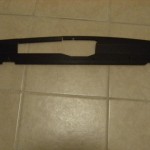
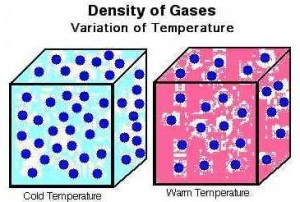

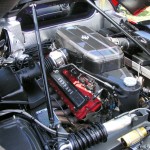
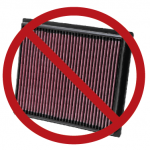
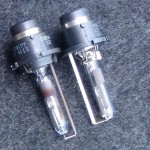
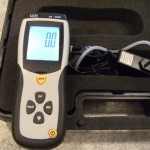
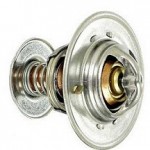 This week we're talking about low temperature thermostats, another item that nearly every tuning house sells and yet fail to really explain what they're for. A few months back, we talked about
This week we're talking about low temperature thermostats, another item that nearly every tuning house sells and yet fail to really explain what they're for. A few months back, we talked about